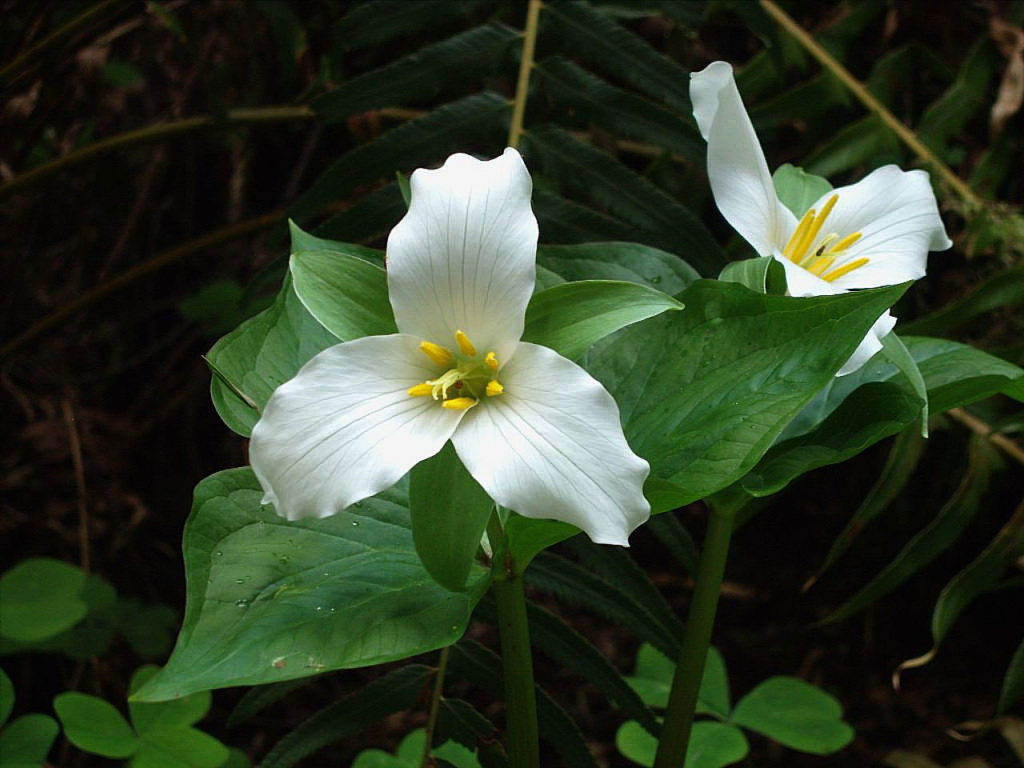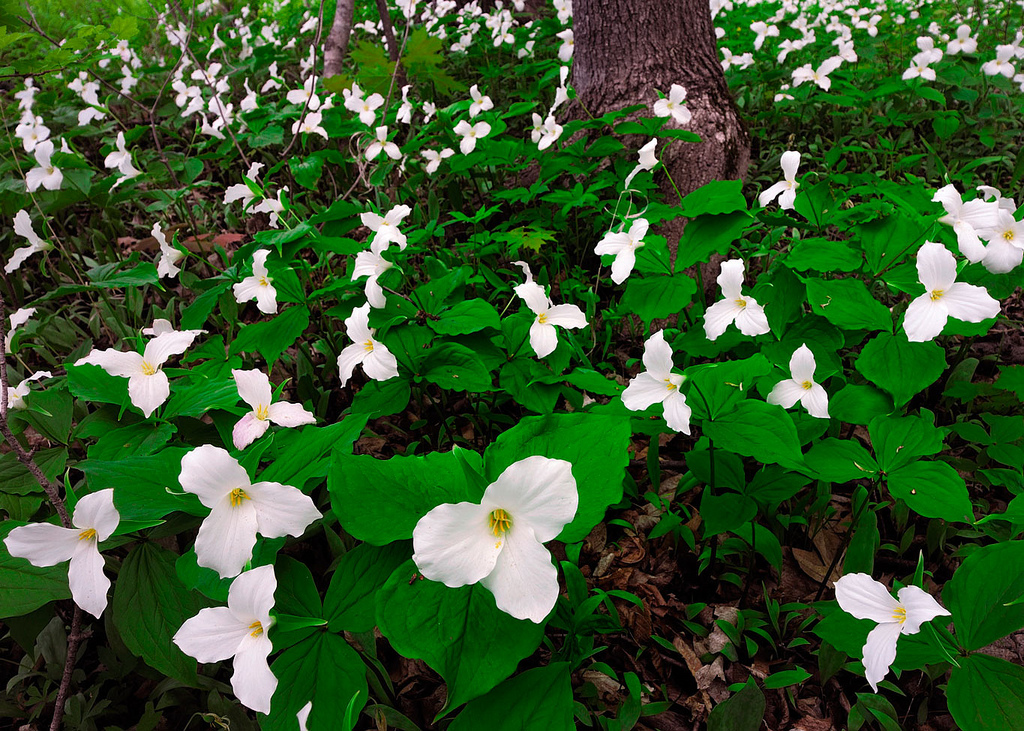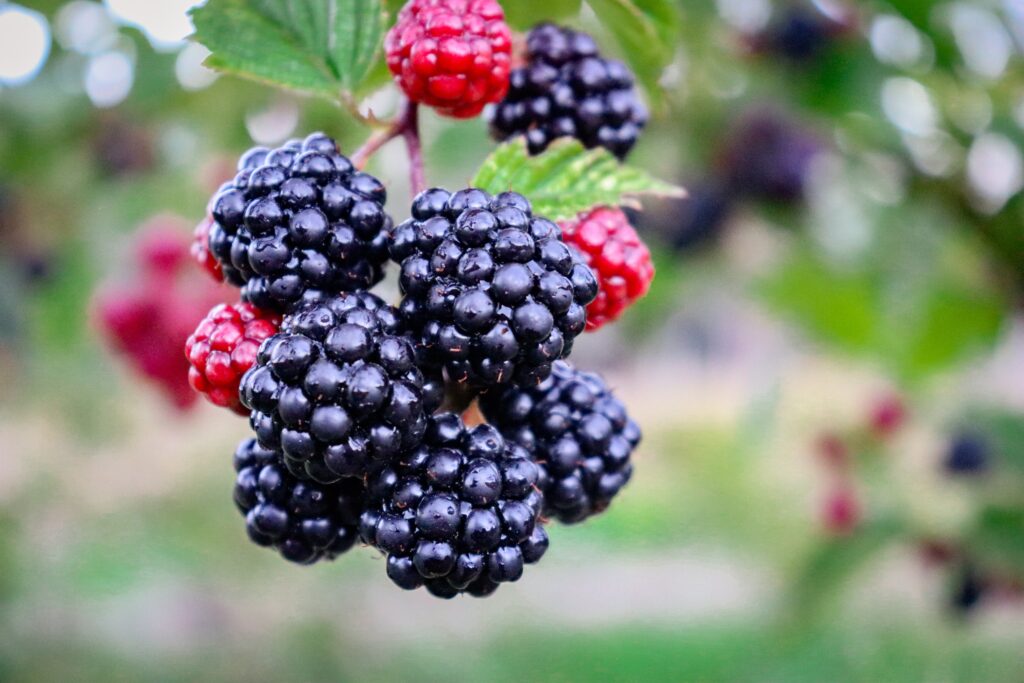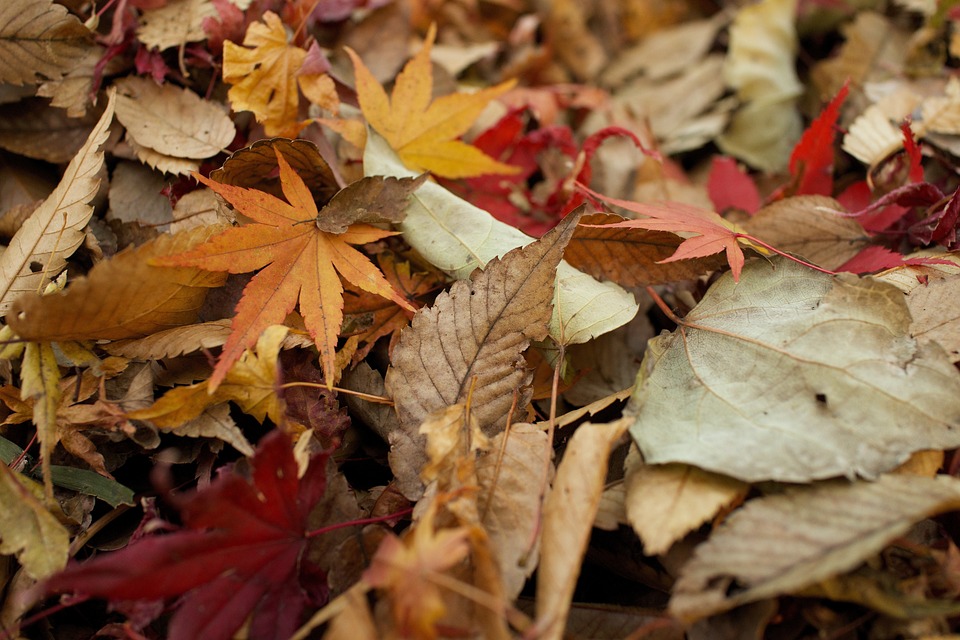
Trillium grandiflorum, or the White Trillium: the floral emblem of Ontario, a symbol of purity, beauty, and patriotism. This distinctive three-leafed flower, native to the province, can be found in the forests throughout the province. It is one of the earliest flowers to bloom in the spring and left unplucked, can remain blooming perennially for over two decades. When it comes to human contact, however, it is a fragile species, and wild specimens are best appreciated at a distance. For closer viewing (and, if desired, for ethical plucking for pressings and arrangements) one should consider making it the centerpiece of its own garden.
Growing your flowers: Things to consider
As previously stated, trillium can live for roughly 25 years, but if grown from seed, it may be two years before the plants germinate, with another seven to nine years before blooming. Propagation by division results in a much more rapid dispersal, but should never be sourced from wildflowers. For best results, find another gardener who is already growing trillium and is willing to share. You can also usually source them from a local native plant nursery. Regardless of how the plants are grown, their longevity makes it necessary to plan for a hardy garden that can last as a whole long enough to keep pace with its centerpiece.
Complementary species: Succulents and natives
As trillium are striking but short-statured plants, surrounding species should also have a smaller footprint to avoid obscuring or drawing away attention from the flowers. With their contained but intricate shapes, hardiness, and general low-maintenance nature, succulents complement trillium beautifully. While they have a reputation as warm-weather plants, there are numerous varieties such as sedum, sempervivum, and some agave species that can survive in zones 6, 5, and even 4. To add more dimension to the garden, an Ontario-native tree can be planted along one of the edges, creating some cover for the trillium flowers. The alternate-leaved dogwood, with its soft, white vernal blooms, would provide a pleasant parallel without stealing too much of the spotlight.
Caring for your trillium
While trillium do not require regular fertilizing, it is recommended to provide a dusting of leaf mold towards the end of winter as a slight energy boost. Otherwise, what is most important to keep in mind is that while these flowers can survive a wide range of harsh weather conditions, it is a flower that should never be touched under any circumstance, let alone have its petals removed. The recovery period can last years, and with such a long wait for trillium to bloom in the first place, it’s easy to see how aggravating this could be. Perhaps not the best flower for a household with with any rambunctious animals or children.
In the right setting, a trillium-centric garden can be a real thing of beauty. All it takes is a little care and a lot of patience.






About The Author: Guest contributor - Cassie Steele
More posts by Guest contributor - Cassie Steele